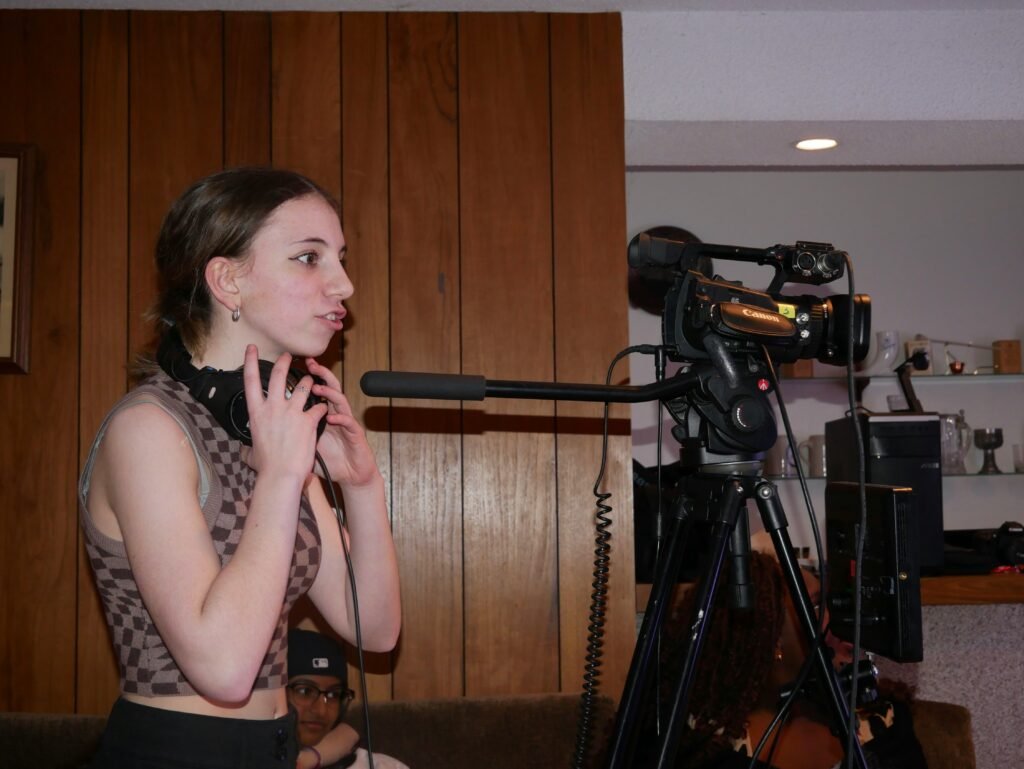Filmmaking
The Real Reasons Film Jobs Are Disappearing
The film industry—where dreams are made and legends are built—faces a reckoning. The unraveling isn’t loud or dramatic. Instead, it’s a slow, silent quake shaking the careers and creative ambitions of thousands working behind the scenes. Despite headlines pointing to record productions and billions spent on content, the reality for working professionals is anything but glamorous.

Hollywood’s Shaky Foundation
On the surface, production numbers look robust. Studios worldwide are churning out more films than ever, with regions like India hitting record outputs and the U.S. leading quarterly production surges. But quantity hides a painful truth: the kinds of movies and shows getting funded, where they’re made, and who profits have shifted dramatically. Los Angeles, once the heart of American filmmaking, is losing projects and gigs to states and countries rolling out irresistible tax incentives. Entire ecosystems, from seasoned propmasters to grips and cinematographers, are seeing a sharp drop in opportunities.
The Freelance Crisis
The freelance workforce—the true lifeblood of the industry—is in survival mode. Gig work, once a source of flexibility, now represents unpredictable gaps and vanished safety nets. Freelancers face more competition for fewer jobs, shorter project cycles, and pay that fails to keep pace with rising costs of living. As one veteran puts it: the last 18 months have been the bleakest of his career, echoing a reality felt from the UK to Hollywood.
The Death of Theaters and the Streaming Surge
Movie theaters, once the undisputed kings of cinema, are locked in a fight for survival. With screens disappearing and box office revenue stubbornly below pre-pandemic levels, the path to wide theatrical release has become narrower than ever. Streaming platforms have exploded, but the boom years of endless spending on original content are over. Now, it’s all about profit—fewer new shows, tighter budgets, and a focus on existing subscribers. The era of “growth at any cost” has faded, leaving freelancers and creators scrambling as streaming gigs dry up.
AI: The Double-Edged Sword
Artificial intelligence, previously a futuristic fantasy, has arrived at breakneck speed. Tools for scriptwriting, visual effects, editing, and even digital actors are transforming how films are made. AI-native studios, often operating with skeleton crews, can now accomplish what used to require full teams. While some hail these advancements as democratizing the creative process, the result for many is lost work, vanished roles, and the gnawing anxiety that machines may soon be competitors rather than collaborators.
The Globalization Effect
It isn’t just technology or economics redrawing the map; it’s globalization itself. New graveyards and new boom towns are being built as productions migrate to more favorable climates. Hollywood’s monopoly is over. Countries from Canada to the UK and India are booming, bringing in jobs—but at the cost of local freelancers in legacy hubs. Content is created everywhere, for audiences everywhere, dispersing both jobs and negotiating power.
The New Reality: Adapt or Exit
Put these pieces together and the truth is clear: there is no evil conspiracy, just a widespread reluctance to confront uncomfortable realities. The classic dream of a stable, long-term film career has become unpredictable and fragmented. For those who want to survive, adaptation is the only way forward—whether by embracing new skills, chasing work across borders, or reinventing roles in partnership with technology.
The industry’s old promise of constant growth and assured glamour is gone, replaced by a hard-nosed scramble for stability. The world won’t stop telling stories, but the way those stories are told—and who gets paid to tell them—has changed for good. For anyone entering the business, a new map is required: one that navigates uncertainty, competition, and the ever-blurring line between human and machine creativity.